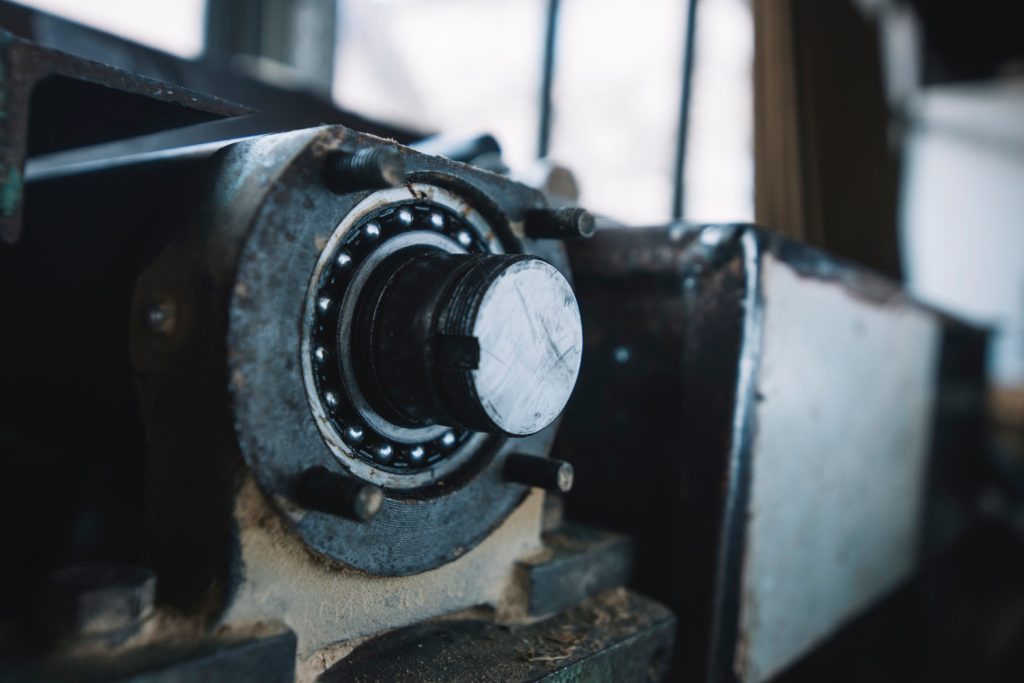
Pumps often get overlooked in long-term asset planning. Yet they consume large amounts of energy and often account for a significant share of downtime in industrial systems. You might think replacing them entirely is the only way to improve performance. That isn’t always the case.
Engineered pump upgrades can extend equipment life, reduce maintenance cycles, and cut energy use. These aren’t superficial add-ons. They involve precision changes that reshape how a pump behaves under load as well as by using industrial lubricants. In this article, we will go over several ways to upgrade your pumps for better ROI.
1. Hydraulic Re-engineering
Hydraulic re-engineering focuses on reshaping the internal components of a pump to match its actual operating conditions. Many pumps run far from their best efficiency point. That mismatch leads to energy waste, vibration, and faster wear. You don’t always need a new pump to fix these issues. Modifying the impeller diameter, trimming blades, or redesigning the volute can shift performance closer to where it should be.
These changes aren’t just theoretical. They directly affect flow rate, pressure, and efficiency. If your system demands have changed since the pump was first installed, chances are high that hydraulic re-engineering could offer gains.
You also avoid the risks tied to full replacement. The casing stays in place, and the piping doesn’t need to be redone. It’s often a faster process with fewer disruptions.
2. Materials Upgrades
Materials upgrades can turn a maintenance-heavy pump into a long-term asset. Many older pumps were built with materials that wear down quickly under today’s demands. If you’re dealing with corrosion, abrasion, or chemical attack, the original materials may no longer hold up. Instead of replacing the entire unit, you can upgrade the internal parts to ones that resist damage and extend service life.
Wear-resistant coatings, hardened alloys, and non-metallic options can all reduce how often you need to shut the system down for repairs. Pumps handling slurry, saltwater, or aggressive chemicals benefit the most from these changes. The right material choice slows down erosion, limits pitting, and helps keep tolerances tighter for longer.
You spend less on replacement parts and labor. You also keep the pump running closer to its design specs over time. These upgrades don’t change the pump’s function. They change how well it survives real-world use.
3. Seal and Bearing Systems
Seal and bearing systems often fail before the rest of the pump shows signs of wear. When that happens, you deal with leaks, lost efficiency, and unplanned downtime. Upgrading these components can stop those problems at the source. Better seal designs and improved bearing materials give you longer life with fewer breakdowns.
Mechanical seals can now handle more pressure and temperature variation than older versions. If your pump still uses packing or outdated seals, switching to a modern cartridge-style seal can reduce leaks and make future replacements easier. Bearings also see heavy stress, especially when the pump runs off-center or under variable loads. High-performance bearings with better load capacity or alignment tolerance can hold up much longer.